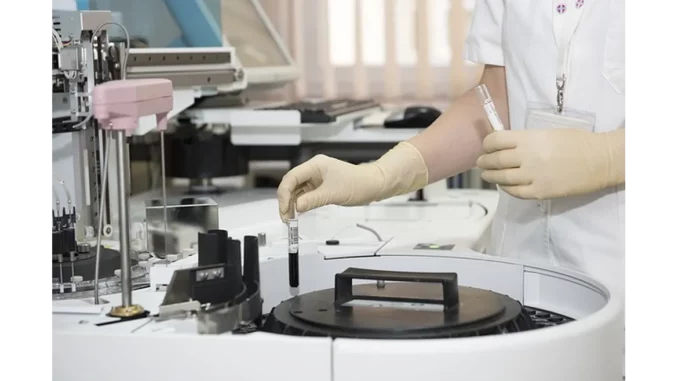
Summary
Technological advancements in organ transplantation are poised to disrupt traditional preservation methods. Emerging biopreservation techniques such as hypothermic and normothermic machine perfusion promise to extend organ viability, with significant implications for addressing global organ shortages. However, these innovations raise critical ethical and legal questions that must be carefully navigated. Dr. Alan Griffiths, a leading researcher in biopreservation, commented, “We’re on the brink of a new era in organ transplantation, but we must tread carefully to ensure these technologies are used ethically and equitably.”
Main Article
The traditional organ preservation technique, static cold storage (SCS), has been the cornerstone of transplantation since the 1960s. Despite its effectiveness in reducing cellular metabolism through low-temperature preservation solutions, SCS is hampered by strict time limitations. Organs preserved this way have a narrow window for transplantation, leading to a significant number of viable organs ultimately going to waste. This inefficiency exacerbates the existing organ shortage crisis affecting healthcare systems globally.
Emerging Biopreservation Technologies
Recent breakthroughs in biopreservation offer promising alternatives. Hypothermic machine perfusion (HMP) and normothermic machine perfusion (NMP) represent cutting-edge approaches that could revolutionise organ storage. By perfusing organs with nutrient-rich solutions at controlled temperatures, these methods maintain tissue metabolism and microvasculature integrity, potentially allowing organs to be stored for extended periods.
The ability to prolong organ viability means more flexibility in donor-recipient matching, potentially increasing transplantation success rates. Dr. Emily Watkins, a transplant surgeon, remarked, “These technologies could mean the difference between life and death for thousands of patients.”
Challenges in Existing Frameworks
The rapid advancement of these technologies has outpaced current legal and ethical frameworks. Developed around the SCS model, existing guidelines do not address the complexities introduced by prolonged organ preservation. This gap highlights the urgent need for updated governance structures.
Regulatory agencies such as the U.S. Food and Drug Administration (FDA) face the challenge of establishing new standards to oversee these innovations. This includes developing protocols for the transportation and storage of preserved organs and ensuring the safety and quality of organs before transplantation. Furthermore, the legal aspects concerning the ownership and control of organs during extended storage require careful consideration. Issues such as donor and recipient rights, alongside the responsibilities of healthcare institutions, must be clarified to protect all parties involved.
Ethical Dilemmas and Access Equity
Equitable access to preserved organs is a major ethical concern. The capacity for longer storage could potentially deepen existing disparities in organ allocation, particularly disadvantaging those in remote or underserved regions. Without stringent oversight, there is a risk of preferential access for more affluent or well-connected individuals, further widening the healthcare equity gap.
Moreover, decisions about which organs to store versus those to transplant immediately present ethical challenges. These decisions must be aligned with ethical principles that balance patient needs, organ availability, and potential transplantation outcomes. Transparent and fair guidelines are essential to navigate these ethical complexities effectively.
Detailed Analysis
The introduction of biopreservation technologies into organ transplantation is not just a medical milestone; it is a pivotal moment that intersects with broader economic and political trends. As healthcare systems worldwide grapple with resource constraints and equity issues, these innovations could redefine organ allocation paradigms.
The economic implications are significant. By potentially increasing the number of successful transplants, these technologies could lower long-term healthcare costs associated with chronic organ failure. However, they could also lead to increased upfront costs as healthcare providers invest in new infrastructure and training.
Politically, the adoption of these technologies will likely prompt debates around healthcare access and the role of government regulation. As Dr. Sarah Mitchell, an expert in healthcare policy, notes, “The integration of these technologies will require not only medical but also political will to ensure they benefit society as a whole.”
Further Development
As the field of biopreservation evolves, stakeholders must remain vigilant in addressing the associated challenges. Researchers are actively exploring the potential for international collaboration to standardise regulations and ethical guidelines, ensuring a consistent approach across borders.
Future developments in this area will be closely monitored, with particular attention to how regulatory bodies adapt to these technological shifts. Readers are encouraged to stay informed on this topic, as ongoing coverage will delve into the complexities and implications of these groundbreaking advancements in organ transplantation.

